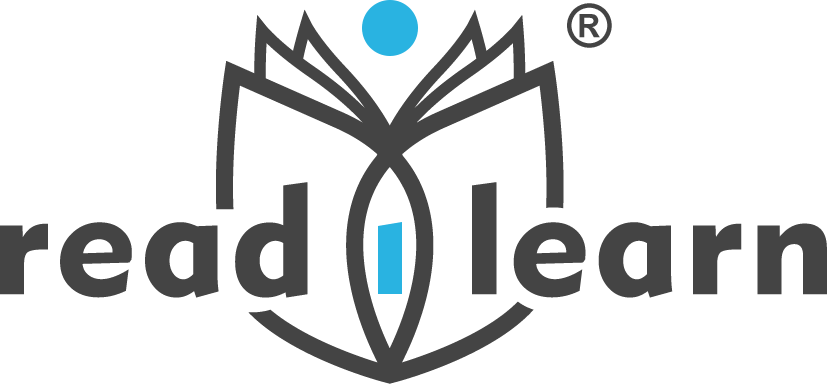Today I’m excited to let you know about a new resource I have just uploaded.
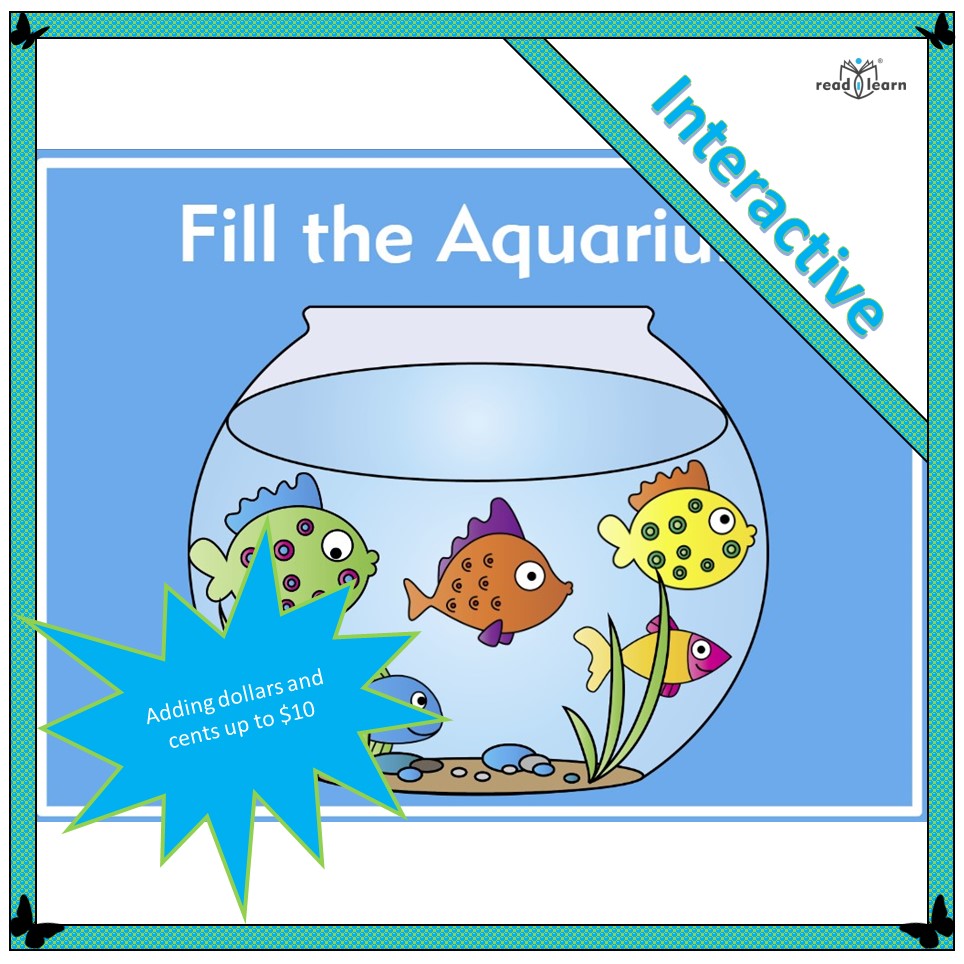
Fill the Aquarium supports children in learning to add amounts of money in dollars and cents up to a maximum of $10.00. It is an interactive resource ready to teach on the interactive whiteboard. I have done the preparation for you. All you have to do is teach.
Note: The gorgeous images I used in this resource are courtesy of https://www.teacherkarma.com/.

Each of the first 10 slides shows a different dollar amount to spend from $1.00 to $10.00, an empty fish bowl and differently priced fish and seaweed to add to it.

As the items are placed in the bowl, the total is calculated.

Any items adding up to the maximum for that slide can be chosen.


If the maximum is exceeded, a popup box explains that you can’t have that one.
Once the fish and/or seaweed are placed in the bowl, they can’t be removed. To choose again, click the crab.
Before your lesson, decide the dollar amount you will work with and whether children must spend the exact amount, any amount up to the maximum, or enough so no further item may be added without exceeding it. A lot of discussion can be had with each of these scenarios.

The dollar amount can be chosen from the side menu.

The final (eleventh) slide does not do the calculations for you and may be used in other ways.
Some lesson suggestions
On each page, you could ask questions such as:
- How many different fish could you buy?
- Are there any fish you couldn’t buy?
- What is the largest number of fish you could buy?
- How many of x fish could you buy?
- Would you get any change if you bought …? How much change would you get?
- Could you buy 4 of the $1.25 fish with $4?
- How much would 5 x 55c fish cost?
- What would you have to do if you wanted to buy more fish?
- How many different combinations of fish and seaweed can be purchased for the total? Children could do this on screen, in their books, or using coins to calculate. You could take a screenshot of each different combination to compare.
The 11th slide ‘How much do they cost?’ doesn’t have a set amount. You could:
- Place items in the fish bowl. Have children calculate the total cost.
- Ask children to choose two different items they could buy with e.g., $1.50 and get some change or no change.
- Compare the prices of fish. Which one costs more/less? How much more/less?
- Ask: If I wanted to get three new fish, all the same, for my fish bowl, what is the least I would have to spend? What is the most I would have to spend?
- Ask: If I wanted to get three new fish, all different, for my fish bowl, what is the least I would have to spend? What is the most I would have to spend?
- Have children use coins to count the correct amounts needed.
- Have children create their own shopping stories.

I hope you enjoy using Fill the Aquarium.
Other resources for teaching about money
Other resources for teaching about money include:
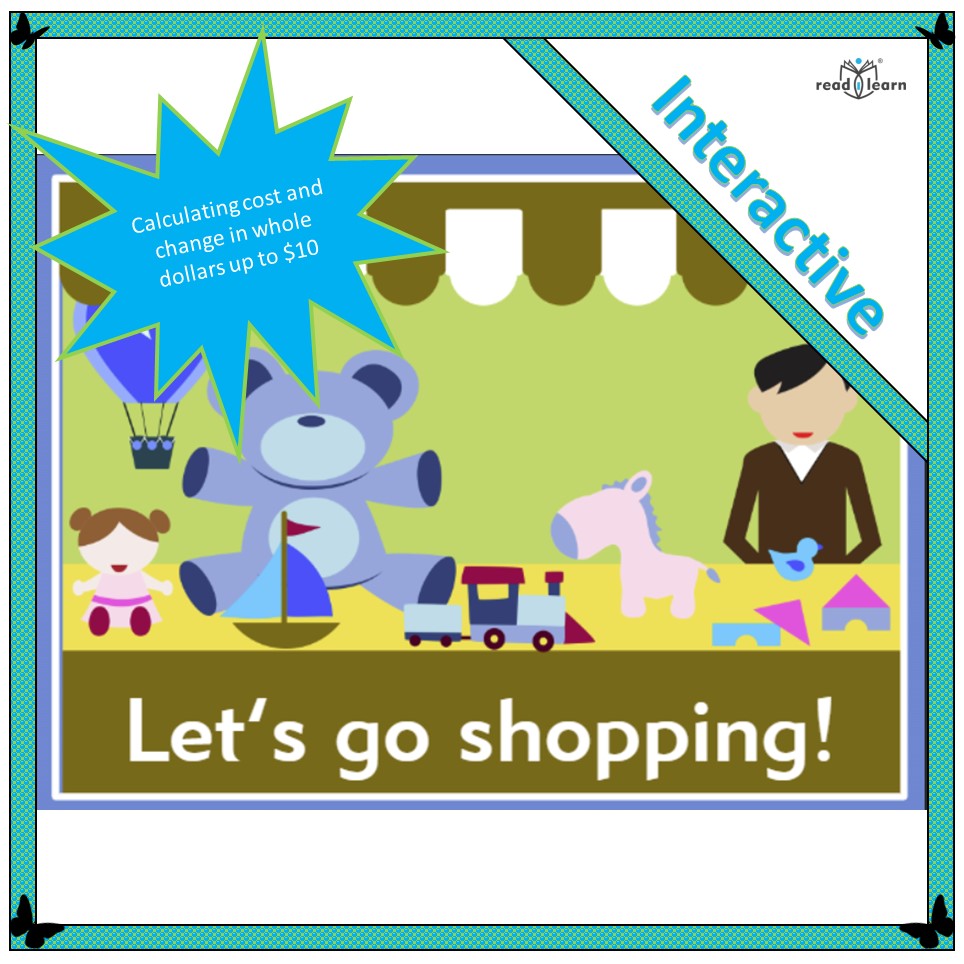
Let’s go shopping gives children practice with counting, adding and subtracting up to 10 using whole dollars. (Interactive – ready to teach on the interactive whiteboard)
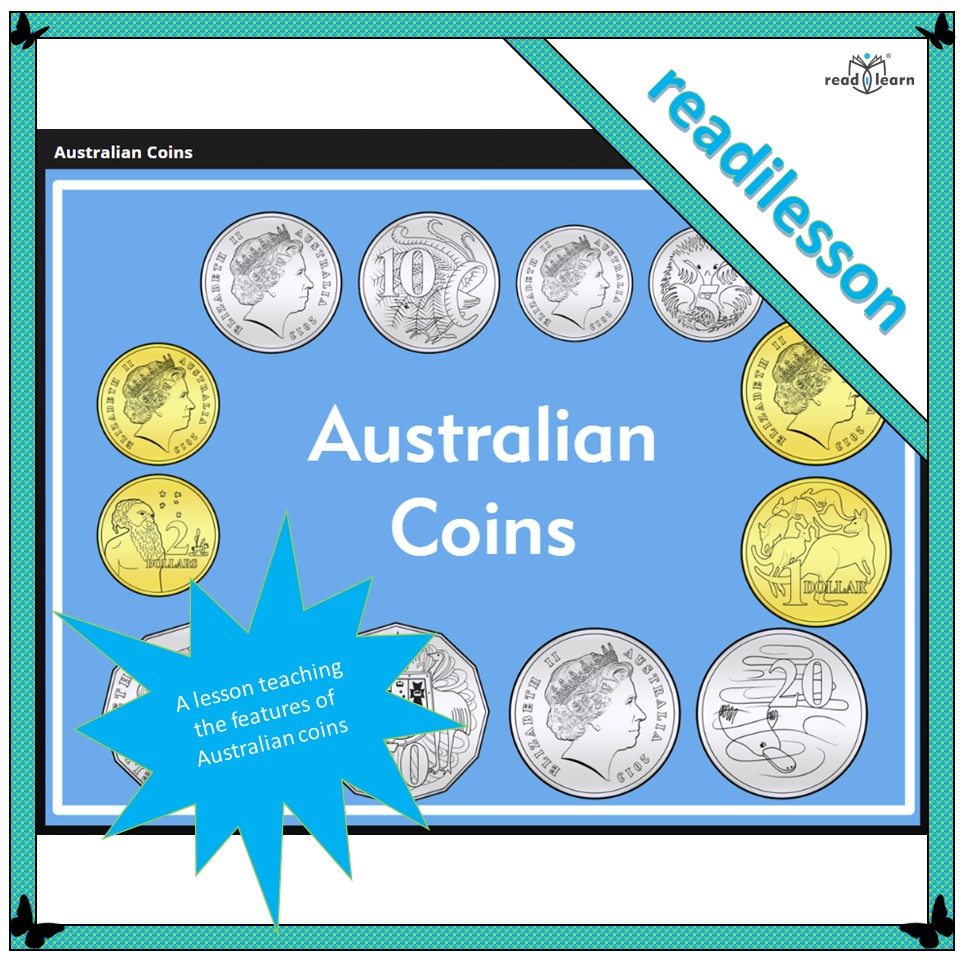
Australian coins introduces children to the Australian coins. Each coin is described according to colour, shape and size, and the identifying icon on the tails side. Additional information is provided about the Australian animals and icons featured on the tails side of each coin. (Interactive – ready to teach on the interactive whiteboard)
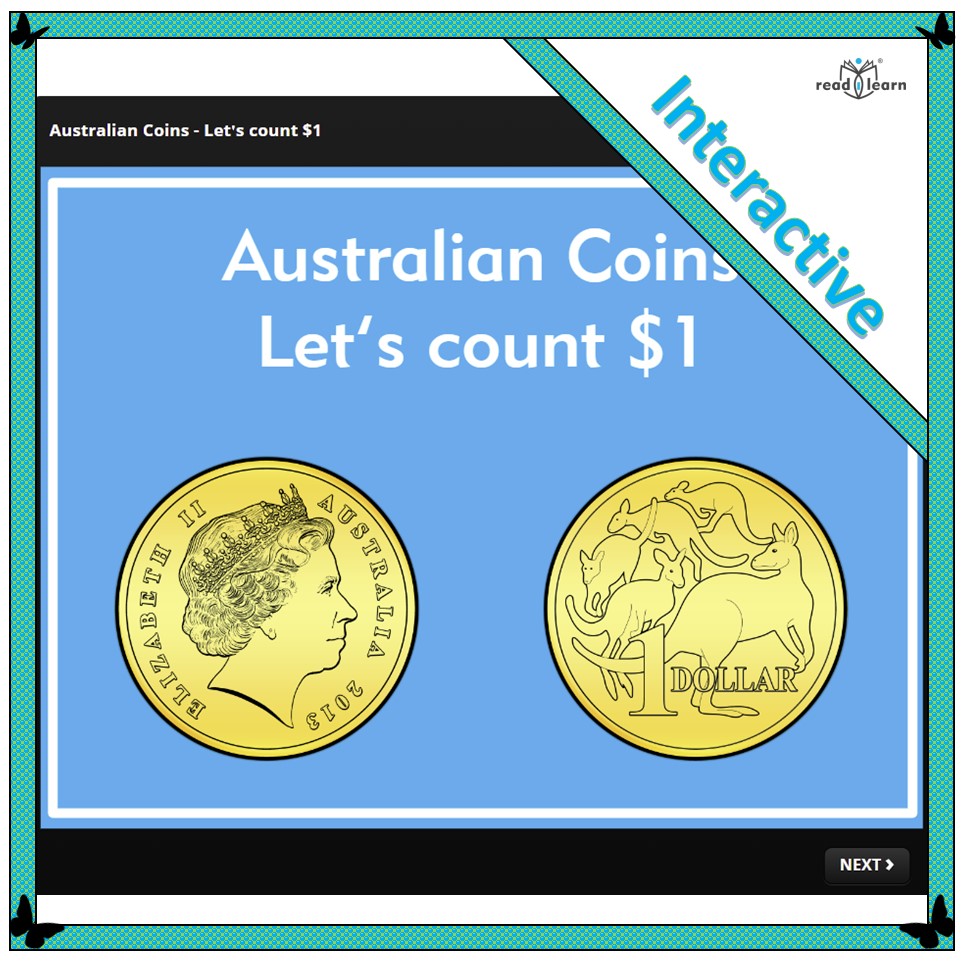
Australian Coins, Let’s count $1 gives children practice in counting collections of coins to $1. There are three separate sections which can be used over a series of lessons. Count groups of coins of the same value that equal $1. Count collections of different coins that equal $1. Make collections of coins to equal $1. (Interactive – ready to teach on the interactive whiteboard)
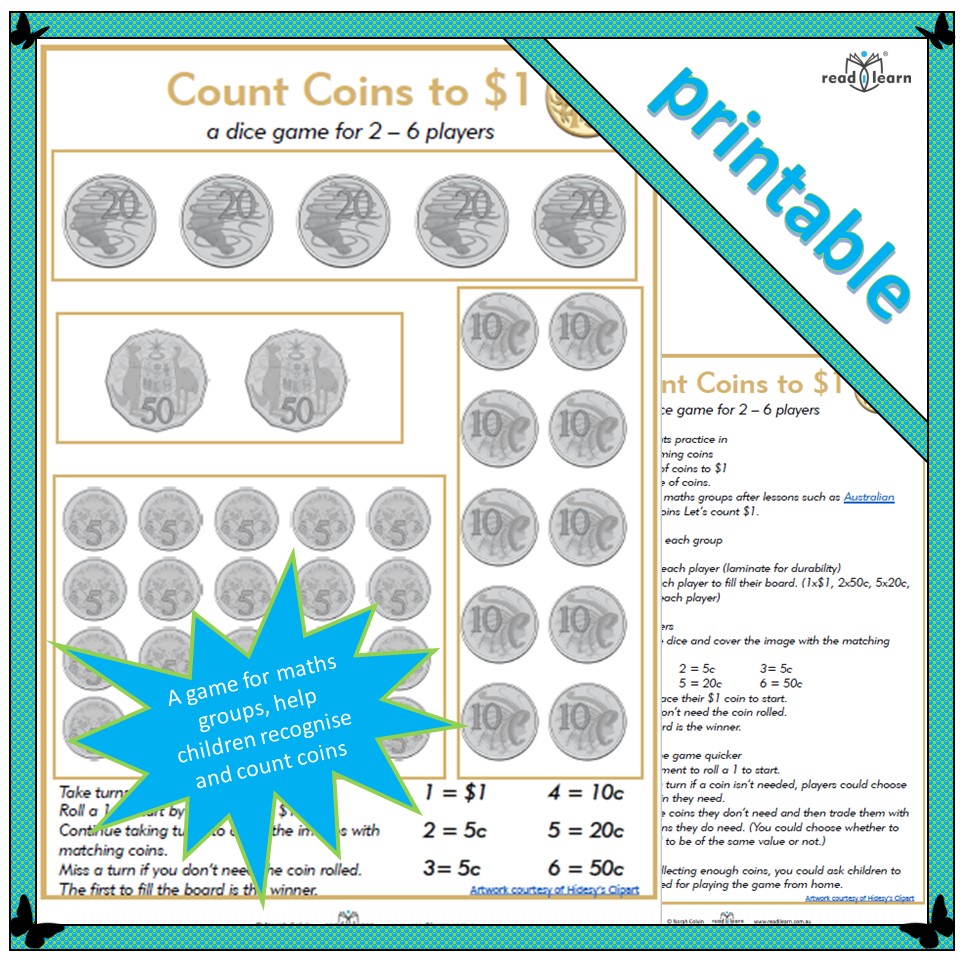
Count coins to $1, a dice game gives students practice in recognising and naming coins, counting the value of coins to $1, and comparing the value of coins. (Printable)
